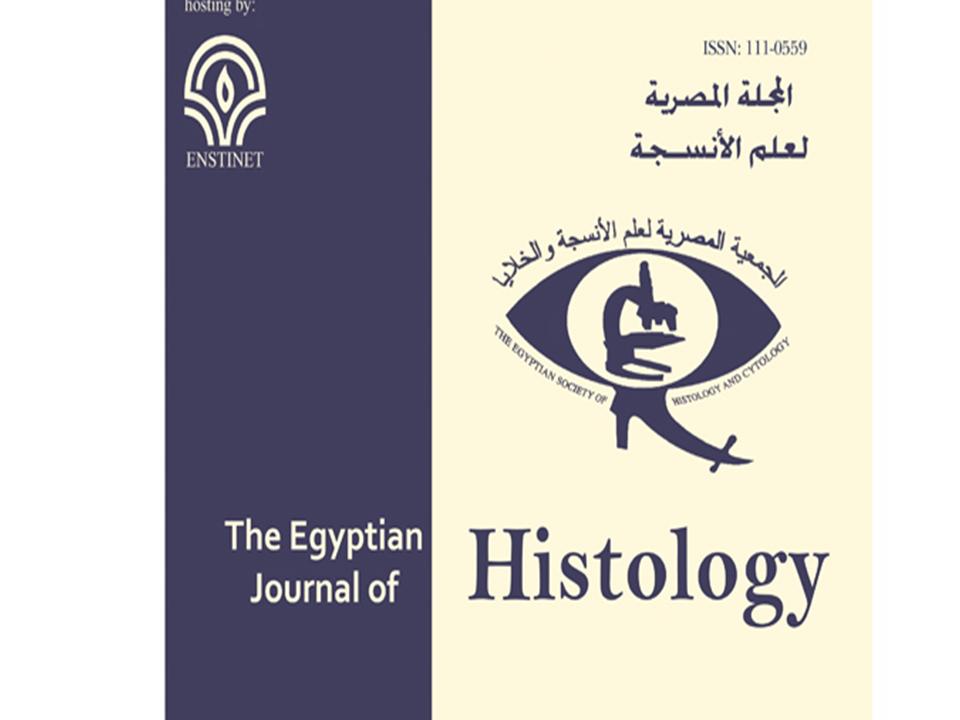Free radicals and oxidative stress can be induced by a variety of factors, such
as carbon tetrachloride (CCl4). Ginger (Zingiber officinale Roscoe, Ginger) has
antioxidant, antitumoral, and antihepatotoxic activities.
Aim of the work
The present study was carried out to assess the possible role of ginger on CCl4-
induced toxic effects on the pars distalis.
Materials and methods
Thirty adult male mice were used and divided into three groups (10 animals each).
The first group (group I) was the control group. The second group (group II) received
CCl4 dissolved in an equal amount of paraffin oil at a dose of 0.2 ml/kg body weight
by subcutaneous injection twice weekly for 4 weeks. The third group (group III)
received CCl4 in the same previous dose by subcutaneous injection concomitant
with ginger at a dose of 1 ml of final aqueous extract of ginger (24 mg/ml) once a
day by intragastric intubation for 4 weeks. The pituitary gland was dissected out and
processed for examination by light and transmission electron microscopy.
Results
In CCl4-treated mice, most cells of the pars distalis showed many histological
changes. Somatotrophs, thyrotrophs, and corticotrophs exhibited irregular nuclei,
numerous vacuoles, and disrupted organelles. Binucleated somatotrophs were
observed. The gonadotroph cells had dilated rough endoplasmic reticulum and a few
secretory granules. These cellular changes were found to be reversed by ginger.
Conclusion
It was concluded that exposure to CCl4 induced a toxic effect on the pars distalis.
Concomitant administration of ginger decreased the toxicity of CCl4.


